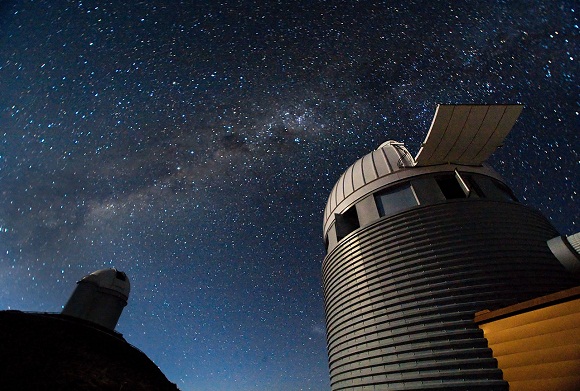ARMAGH OBSERVATORY AND PLANETARIUM ASTRONOMERS DISCOVER METAL SCAR ON CANNIBAL STAR
February 2024 Leading astronomical research centre Armagh Observatory and Planetarium has played a key role in the discovery of a unique signature of the process by which white dwarf stars cannibalise their planetary systems. The research was conducted by an international team of scientists using the European Southern Observatory’s Chile-based Read more












![Star types from left to right: a red dwarf, our Sun, a blue dwarf, and R136a1 (hypergiant). Where star sizes are measured by radius, from centre to surface, and where 1 solar radius is equal to that of our Sun (km) - R136a1’s radius is 35.4 times greater than the Sun [approximately 24.8 million km]. Credit: Author: ESO/M. Kornmesser](https://armaghplanet.com/wp-content/uploads/2012/03/image-of-star-types.jpg)





